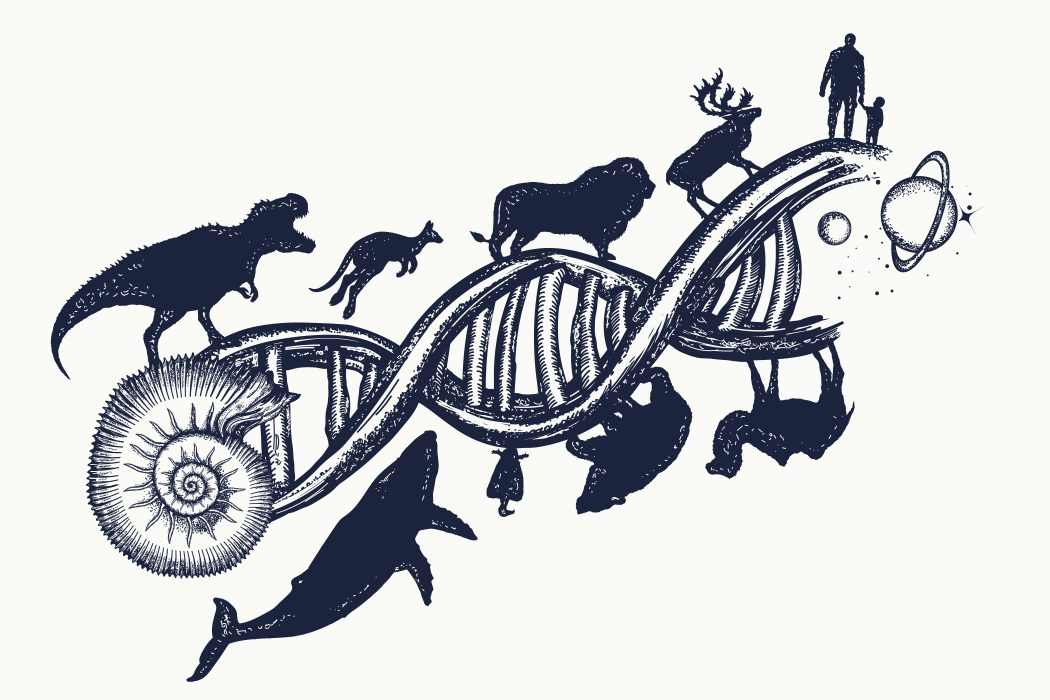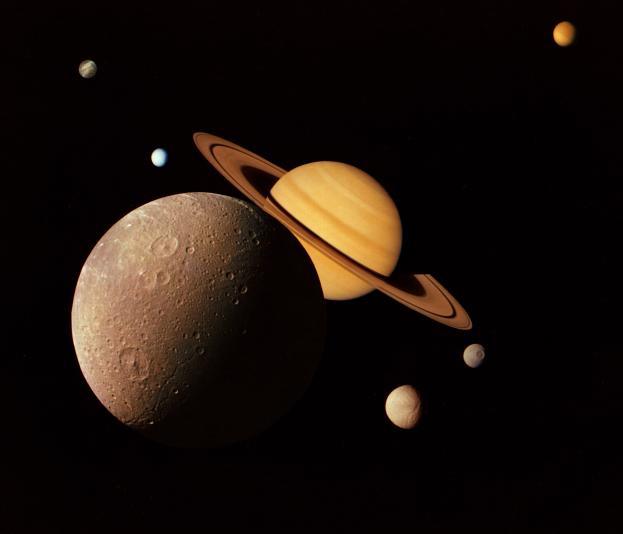The many lifeforms living on the Earth are in large part dependent on heat and light from the Sun. By converting hydrogen into helium, the Sun generates an enormous amount of energy every second of every day. Although there are small variations in the intensity of this energy, for the most part, the heat and light generated by our parent star are of the same strength.
If the energy reaching the Earth each and every day is of the same intensity and strength, what causes the seasons that so many parts of our planet experience? Why are some parts of the year warm, some hot, and others very cold? If the Sun is continuously producing a constant, unchanging amount of heat, shouldn’t the seasons always be the same?
The changing seasons are caused by the movements of the Earth. There are two important movements that affect the Earth. The first is the rotation of the Earth around an invisible axis. It takes the Earth about 24 hours to finish one complete rotation. The second important movement that affects the Earth is its revolution around the Sun. One revolution takes 365 ¼ days, or one year. Acting together, these two movements create variations in temperature, weather, and in the seasons.
The Rotation of The Earth
What time of day do you feel the most heat outside? Is it hottest during the middle of the night, during the morning, or during the afternoon? The Sun produces so much heat, that it only takes a few hours for it to raise the temperature of the Earth’s surface by several degrees. After rising in the east on a cool morning, the energy from our Sun begins to shine down on us, warming everything around us. As the day progresses, it gets warmer and warmer. After setting in the west, our atmosphere begins cooling down very quickly. What would happen if the Sun didn’t rise one day? How long would it take for everything around you to freeze? Within a few days it would be very cold indeed.
What causes the Sun, moon, and stars to rise in the east, and then later set in the west each day? Imagine that you are standing in your backyard on a small merry-go-round. As your friends push you faster and faster, it appears to you as though the world is spinning in circles. First you see your house, then the fence, then the other fence, then your house again, then the fence again, and so on. Is your backyard really spinning out of control? Of course not. It only looks that way because you are spinning.
In a way, the Earth is like a giant merry-go-round. Instead of giant friends pushing the Earth in circles, the Earth’s spin, or rotation, was caused by forces during its creation. The Earth was formed amidst a giant cloud of dust and gas. Slowly, over many millions of years, this dust and gas slowly condensed under the force of its own gravity, forming a small mass. As the mass grew larger and larger, so did the force of its gravity. As the young Earth’s gravity became more powerful, it began attracting dust and gas towards it at a faster rate. This caused a sort of traffic jam, as these materials raced towards the Earth. What resulted was a giant whirlpool-like swirl of dust and gas. Consider what happens when you drain your bathtub. As the water all tries to rush down the drain at the same time, a circular funne,l or whirlpool, is created.
Eventually as the young Sun became hotter and brighter, the remaining gas and dust found in the Solar System were blown away. The Sun’s powerful stellar winds cleaned out the Solar System, meaning that the Earth could not grow any larger. Even though the swirling cloud of dust and gas are long gone, the Earth continues to rotate to this day, and will continue rotating throughout its entire planetary life.
The Revolution of The Earth Around Our Sun
Throughout the year, as our small blue planet orbits the Sun, many parts of the Earth experience changing seasons. The warm Spring brings new flowers and young animals. This is followed by a hot Summer filled with vacations, hikes, and outdoor swimming. Following Summer is another warm season known as Autumn, where leaves turn beautiful shades of reds and browns before falling from their trees. Finally, after all of these warmer seasons, comes one that is cold, wet, and dry, known as Winter.
What causes the changes that we see throughout the seasons? Why is the Winter cold, and the Summer hot? Notice that the axis of the Earth is tilted slightly. This causes part of the Earth to lean towards the Sun, while part of it is hidden either beneath the Earth, or above it, causing different parts of the Earth’s surface to receive a different amount of sunlight and heat. As the Earth moves around its orbit, the portion leaning towards the Sun changes. Throughout part of the year, the bottom half of the Earth, or Southern Hemisphere leans out towards the Sun, causing the top half of the Earth, or the Northern Hemisphere to lean away from the Sun. During this time of year, the Southern Hemisphere gets more light and heat, which causes it to be warmer. The effect is that the Southern Hemisphere enjoys Summer. At the same time, the Northern Hemisphere receives less light and heat, making it cooler. While the Southern Hemisphere enjoys Summer, the Northern Hemisphere is in the midst of Winter. As the Earth continues along its orbit around the Sun, the angle that the Earth’s axis tilts changes. Eventually the Northern Hemisphere faces the Sun, and the Southern Hemisphere leans away. During this time of the year, it is the Northern Hemisphere’s turn to enjoy Summer.






